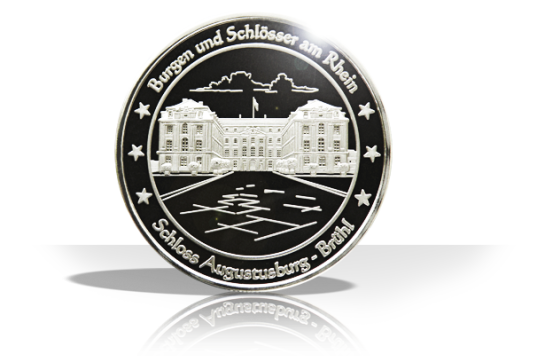AUGUSTUSBURG PALACE

It was built on the ruins of a moated castle dating back to the 12th century, which Archbishop Siegfried of Cologne had erected as a bulwark against the city of Cologne.
Augustusburg Palace, commissioned by the Archbishop of Cologne, Clemens August, was begun in 1725 according to the plans of the Westphalian architect and master builder Johann Conrad Schlaun and is one of the most important Baroque and Rococo buildings in Germany.
It was built on the ruins of a moated castle dating back to the 12th century, which Archbishop Siegfried of Cologne had erected as a bulwark against the city of Cologne.
The castle's staircase, designed by Balthasar Neumann, dates from 1740 to 1760 and is considered one of the main creations of the German Rococo style. Augustusburg Castle was designed as a hunting lodge and summer palace and was therefore only used for a short period each year.


